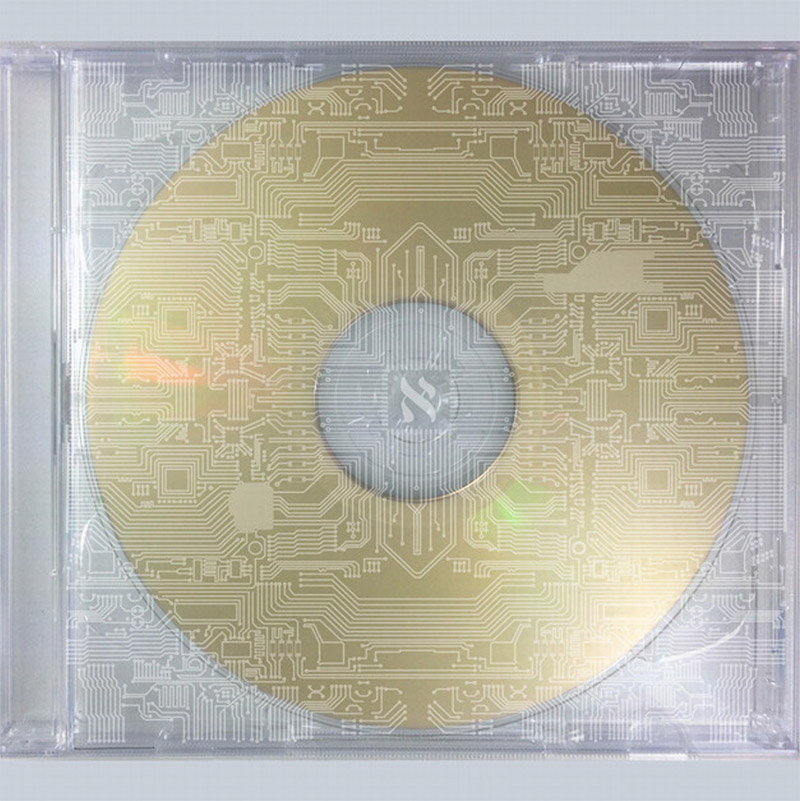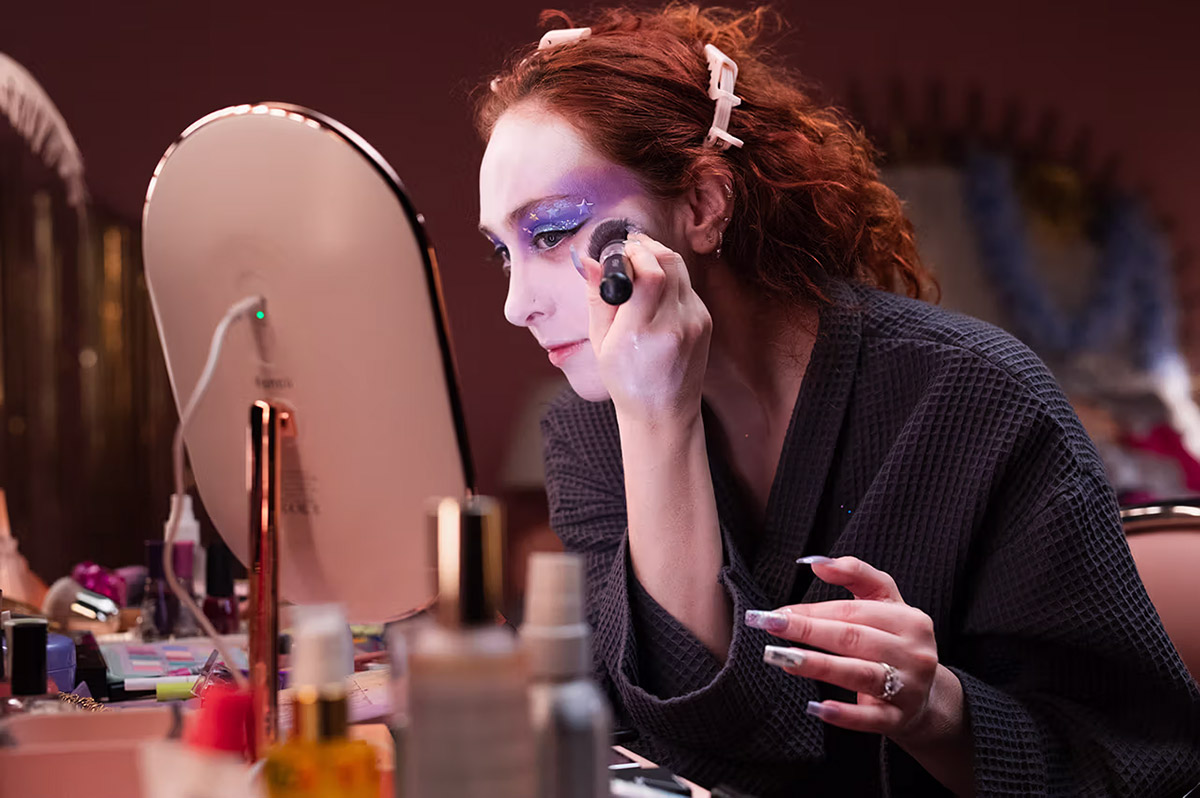Fashionography
From YSL To Gucci: Best Fashion Movies To Be Inspired By
Fashion on film can spark our imaginations in unexpected ways. It’s not just about the runway or glossy editorials—it’s about the power clothes hold to shape stories and personalities. From ruthless editors to rebellious designers, these cinematic worlds invite us to see how style can define an era or bring a character’s psyche into focus.
Some of these films show intense rivalry or romance against a backdrop of immaculate tailoring. Others offer subtle glimpses of creative ambition and personal breakthroughs. Each title underscores how fashion can go far beyond aesthetics, becoming a character in its own right.
Below is a lineup of eight narrative features that illuminate the tension, excitement, and artistry at the intersection of story and style.
Funny Face (1957). Directed by Stanley Donen.
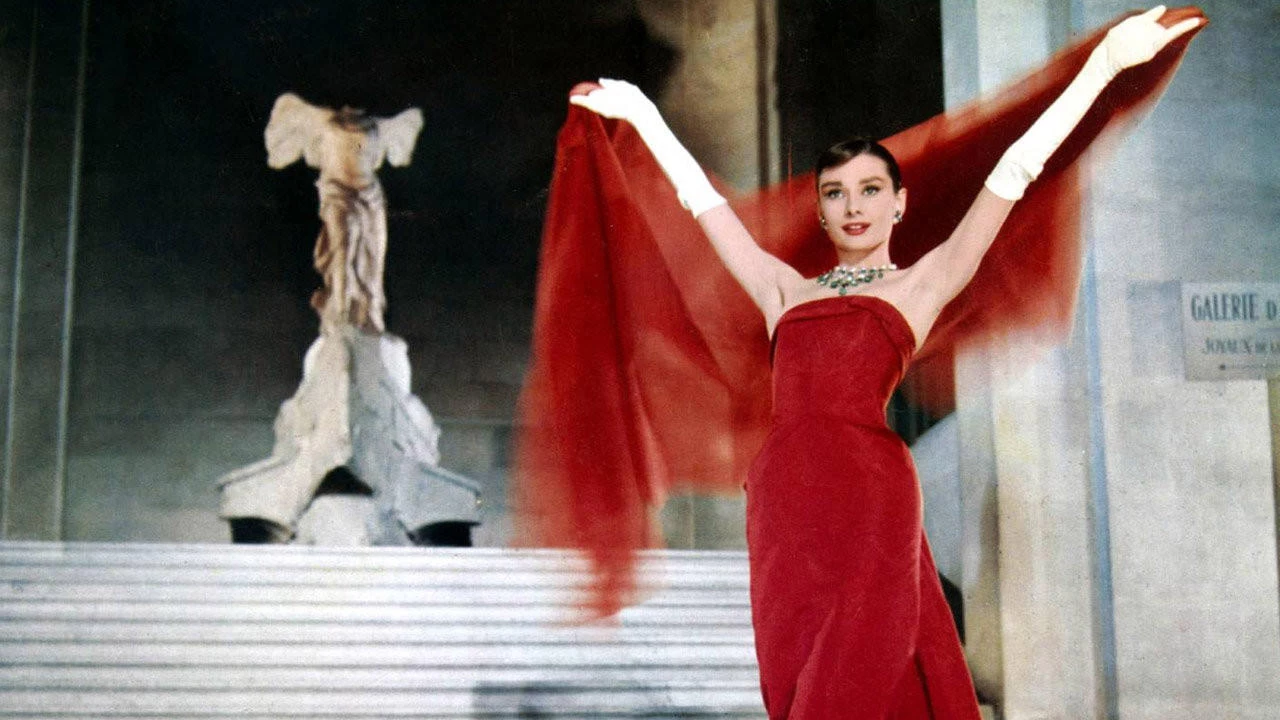
Audrey Hepburn stars as Jo Stockton, a shy bookstore clerk whisked away to Paris for a fashion photoshoot. Fred Astaire’s character, Dick Avery, discovers Jo’s “funny face” in a chance encounter, and soon she’s modeling Givenchy gowns on the Seine. The backdrop of jazz clubs, bohemian cafés, and high-fashion sets captures a moment in film history that’s still referenced by designers and stylists today.
At its heart, Funny Face shows us how curiosity and an open mind can collide with the glossy world of couture. The musical numbers—especially “Bonjour, Paris!”—add a spirited layer to the film’s portrayal of creativity and reinvention.
Phantom Thread (2017). Directed by Paul Thomas Anderson.
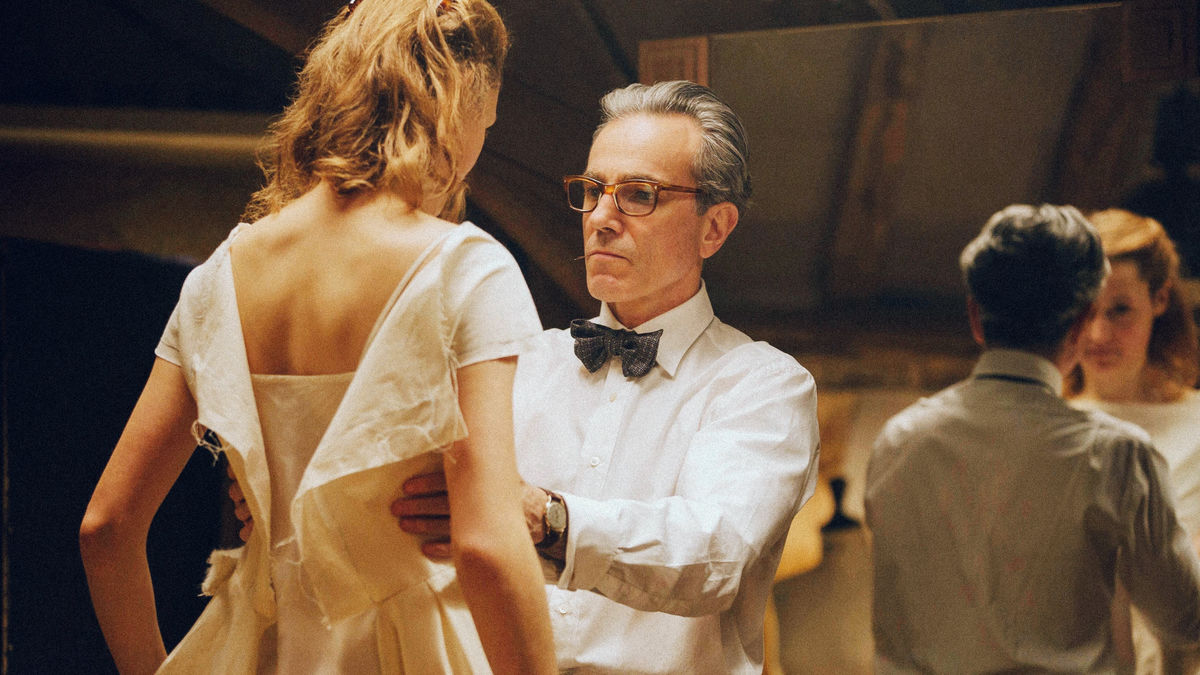
Set in 1950s London, Phantom Thread follows Reynolds Woodcock, played by Daniel Day-Lewis, as a revered couture designer who rules his label with meticulous control. The film captures the hush of perfectly pinned garments, as well as the unspoken tensions between genius and muse. Underneath the lush fabrics is a psychological battle of wills—one in which devotion and manipulation begin to overlap.
Rather than showering viewers with runway spectaculars, Phantom Thread zooms in on intimate details like embroidered secrets and whispered demands. The storyline thrives on nuance, making couture feel as much about emotional labor as it is about cloth.
Coco Before Chanel (2009). Directed by Anne Fontaine.
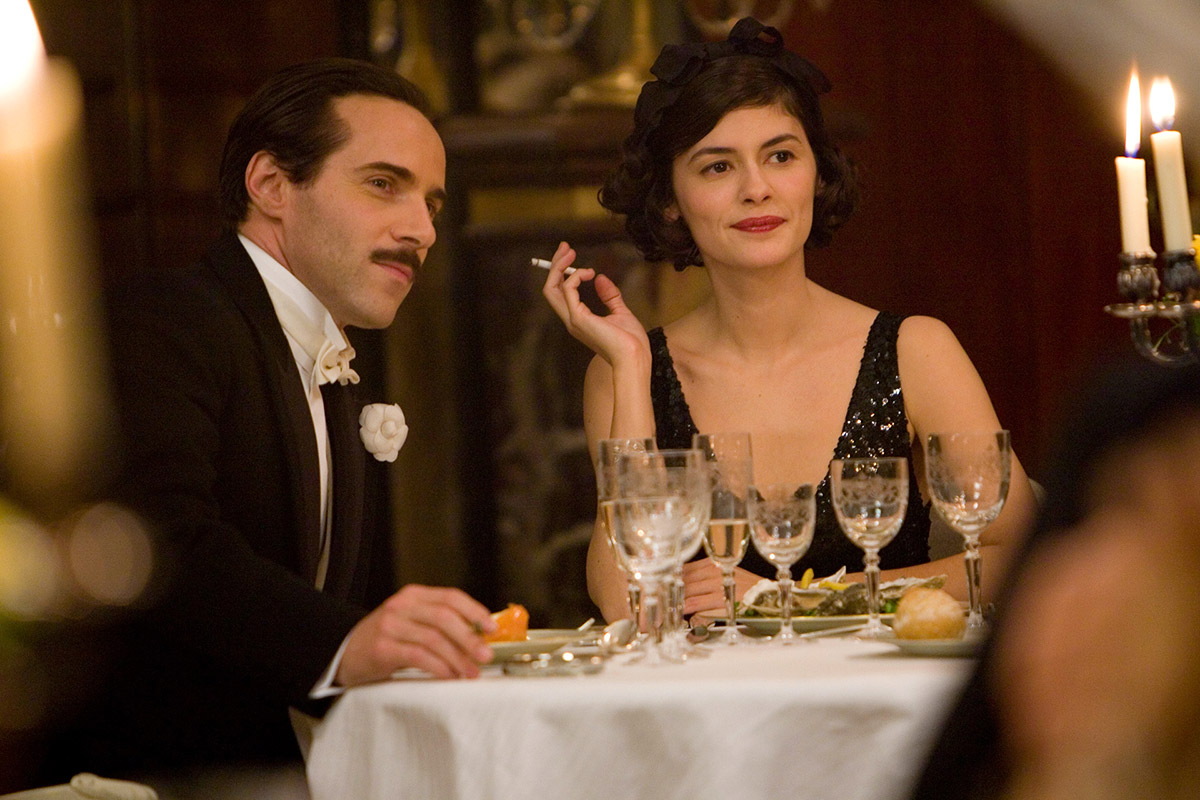
Audrey Tautou steps into the role of Gabrielle “Coco” Chanel, long before her name appeared in lights. The film focuses on Coco’s early life—years spent crafting hats and quietly observing the restrictive fashion of her time. During these formative moments, you see the seeds of rebellion in her preference for menswear and simplicity.
This biographical drama is less about dazzling runway shows and more about the slow evolution of a designer’s ethos. Scenes of Coco snipping away lace, or eyeing corsets with disdain, reveal a mind at odds with the status quo.
House of Gucci (2021). Directed by Ridley Scott.
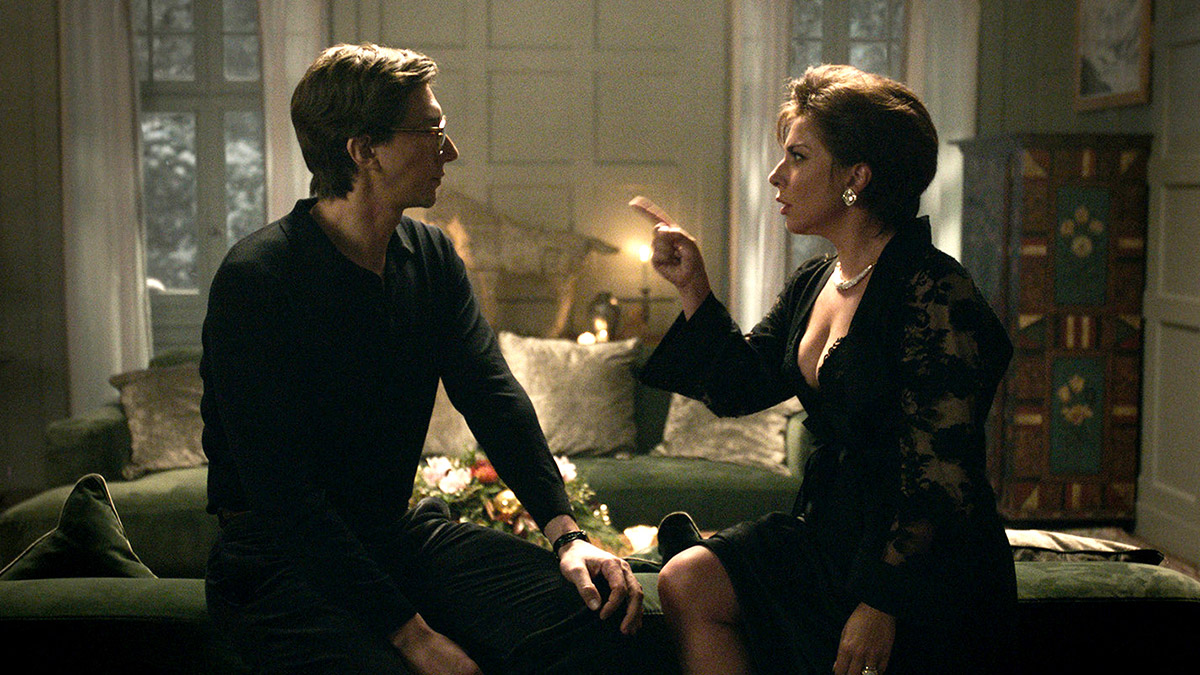
Lady Gaga’s Patrizia Reggiani steps into the Gucci dynasty with the memorable line “Father, Son and House of Gucci,” signaling her deep fascination with the family business. Adam Driver’s Maurizio Gucci wrestles with conflicting loyalties and ambitions, laying out the complexities of an empire anchored in luxury leather goods and bold branding.
While the story dives headfirst into intrigue and betrayal, it also reveals the cultural heft of the Gucci name. From lavish villas to impeccably tailored suits, the film brims with visual references to the brand’s influence on Italian style.
Yves Saint Laurent (2014). Directed by Jalil Lespert.
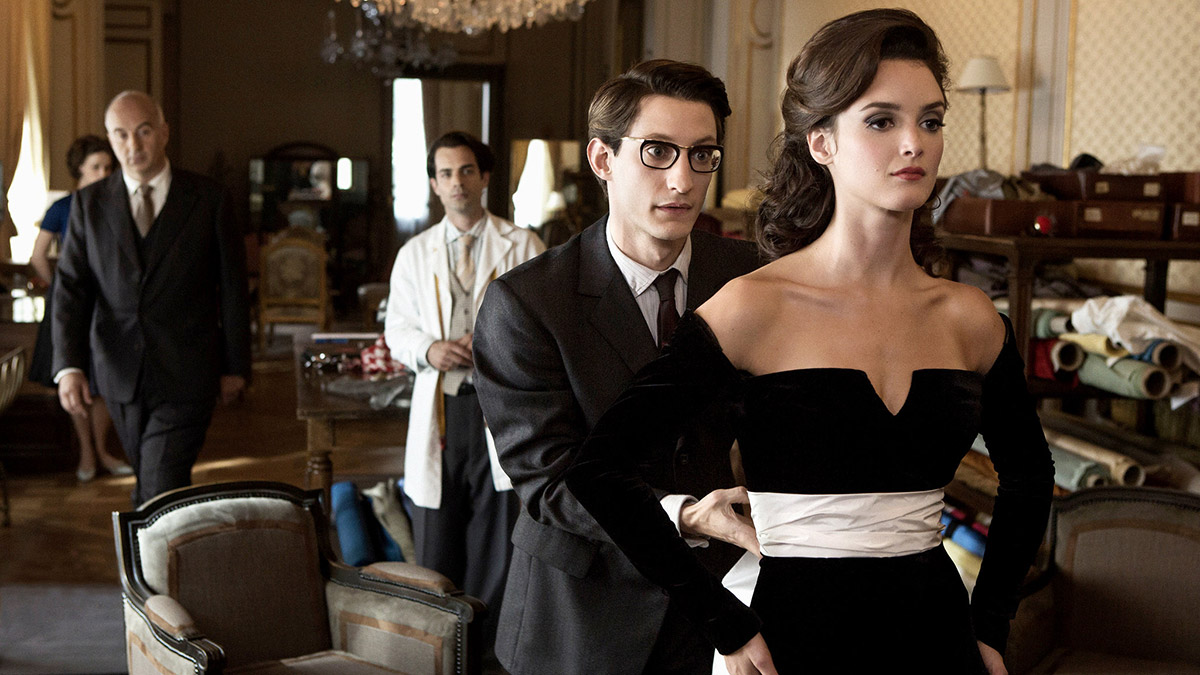
Pierre Niney becomes a young Yves Saint Laurent, capturing the designer’s fragility and brilliance in equal measure. The film traces YSL’s early years at Dior and follows him as he launches his own house, unveiling groundbreaking ideas like the women’s tuxedo. These moments highlight how one person’s vision can reshape the way women dress.
The emotional stakes—substance use, turbulent relationships—are portrayed in tandem with runway triumphs. You sense the toll that creativity can take, but also the exhilaration of seeing a sketch turn into a piece that challenges conventions.
Mahogany (1975). Directed by Berry Gordy.
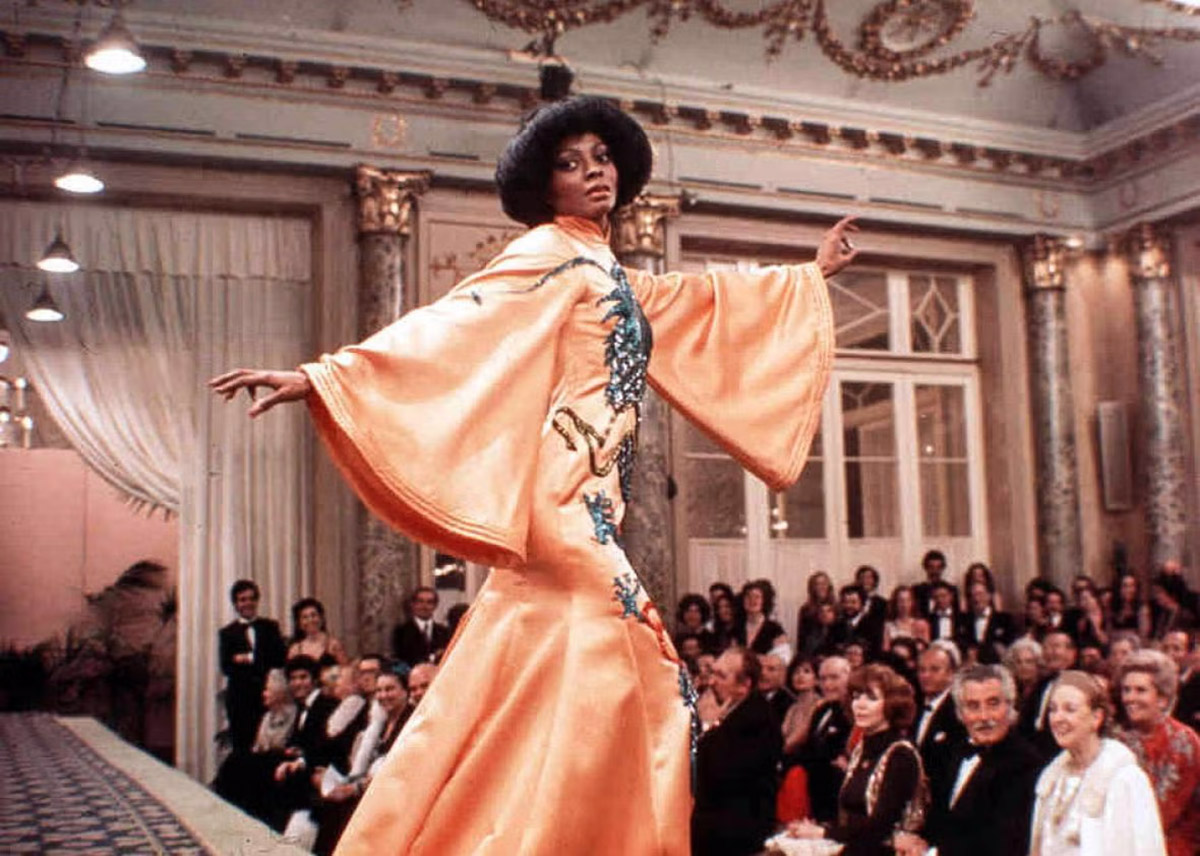
Diana Ross plays Tracy Chambers, a design student who lands in the orbit of high society when she’s spotted by a photographer. Her ascent is fast, from Chicago’s corners to Roman ateliers where she commands the lens in vivid ensembles. Still, success doesn’t come without strings, and the film questions the personal cost of ambition.
There’s a dreamy quality to scenes of Tracy on set, pinned into striking silhouettes that reflect her climb. The soundtrack and Ross’s own star power underscore the bittersweet nature of fame.
The Devil Wears Prada (2006). Directed by David Frankel.
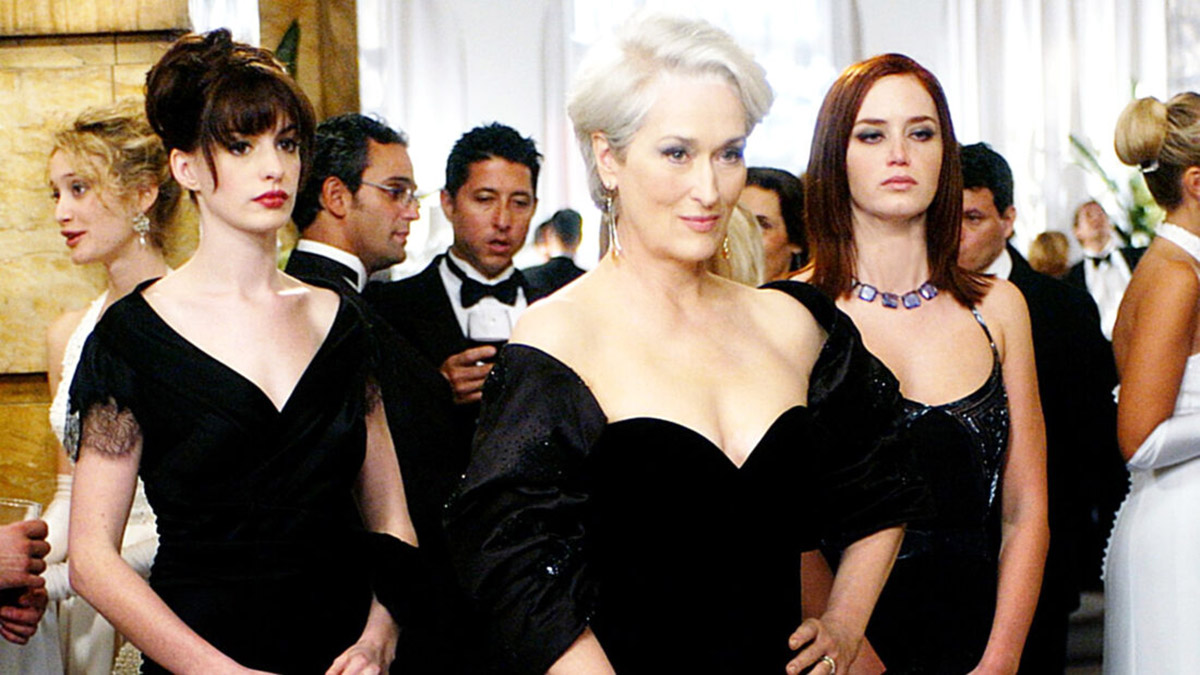
In this adaptation of Lauren Weisberger’s novel, Meryl Streep’s Miranda Priestly looks at the world from behind tinted sunglasses and a cutting wit. Her line “Details of your incompetence do not interest me” sets the tone for an unforgiving fashion-mag cosmos. Anne Hathaway’s Andy is thrown into the deep end, learning how a simple sweater color can ignite a fierce lesson on the trickle-down effect of runway trends.
The film examines how careers can hinge on appearances, but it also underlines the sweat and savvy that go into every editorial shoot. Even the quiet bits, like Andy trading in her frumpy footwear for Chanel boots, speak volumes about transformation.
Blow-Up (1966). Directed by Michelangelo Antonioni.
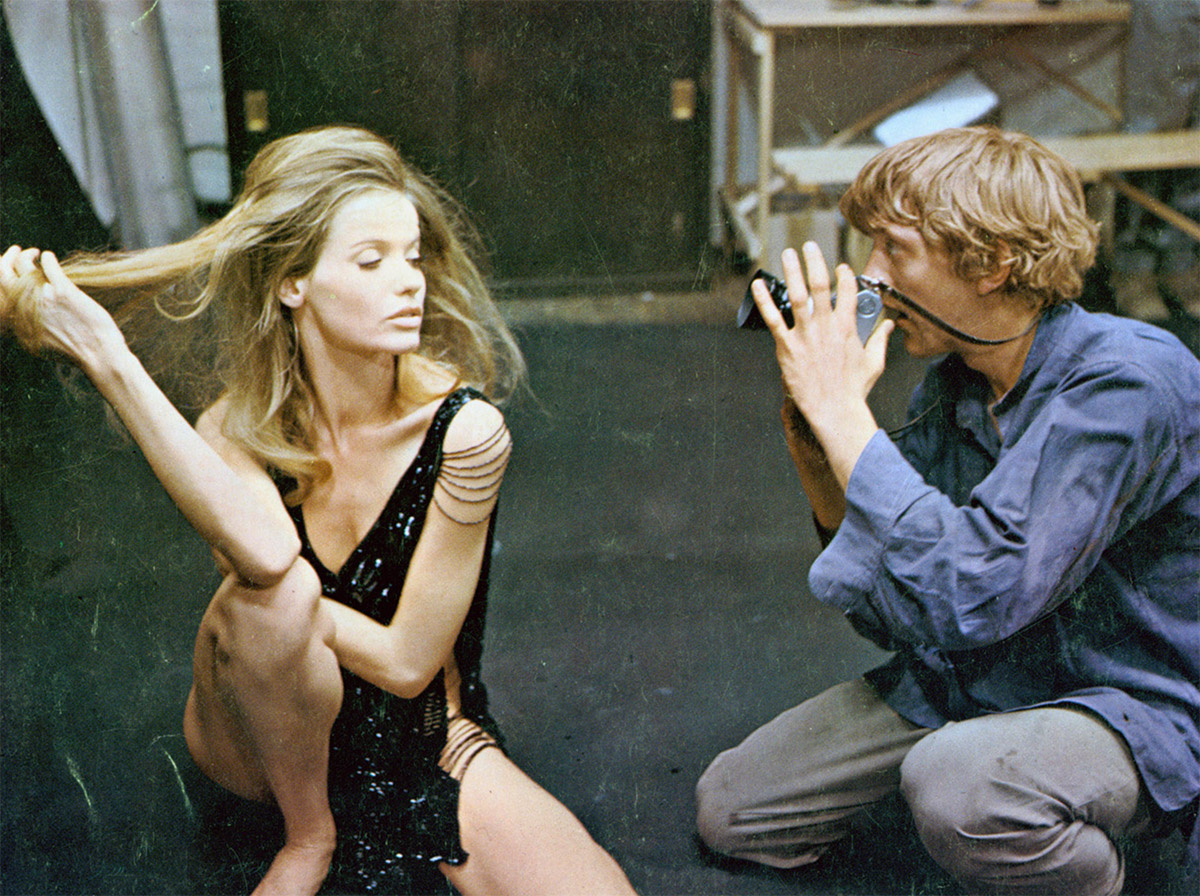
Though it’s often described as a mystery-thriller, Blow-Up peers into the world of mod fashion photography in swinging London. David Hemmings plays a photographer who thinks he’s captured something dark in the background of his images. Between swirling prints and bold shapes, the film crackles with the energy of youth culture reimagining the industry.
It’s not strictly about design, but Blow-Up shows how photography and style can collide to create cultural shifts. The slow unraveling of a single image mirrors the way fashion can magnify or distort reality.
All these films remind us that fashion, in its many forms, holds a mirror to the times. Whether we’re traveling to Paris in a Givenchy gown or haunting 1950s London in a couture house, style becomes a silent but potent character—one capable of shaping fates, desires, and unforgettable cinematic moments.
